Home>Gardening & Outdoor>Plant Care & Gardening Tips>How Deep Should I Plant Native Prairie Grasses
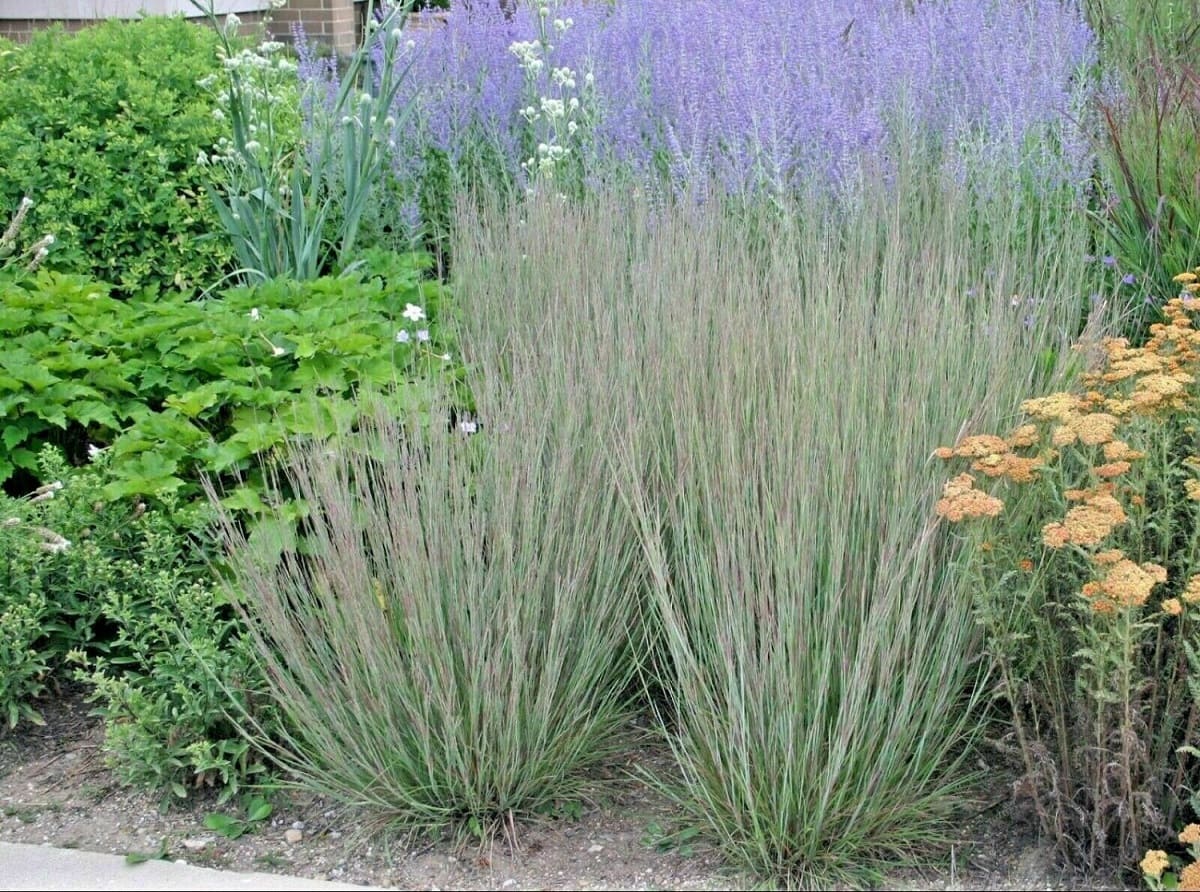

Plant Care & Gardening Tips
How Deep Should I Plant Native Prairie Grasses
Published: December 25, 2023
Learn the ideal planting depth for native prairie grasses and essential care tips. Discover expert guidance for successful gardening. Explore more plant care and gardening tips.
(Many of the links in this article redirect to a specific reviewed product. Your purchase of these products through affiliate links helps to generate commission for Storables.com, at no extra cost. Learn more)
Introduction
Welcome to the fascinating world of native prairie grasses! If you're looking to enhance the beauty and ecological value of your landscape, planting native prairie grasses is an excellent choice. These resilient and diverse plants not only add aesthetic appeal to gardens and open spaces but also play a crucial role in supporting local ecosystems.
In this article, we will delve into the essential aspects of planting native prairie grasses, with a specific focus on the optimal planting depth for these remarkable plants. Understanding the intricacies of planting depth is vital for ensuring the successful establishment and long-term health of native prairie grasses in your landscape.
As we embark on this insightful journey, we will explore the unique characteristics of native prairie grasses, the factors that influence planting depth, and the recommended planting depths for different species. Additionally, we will discuss best practices for planting native prairie grasses, equipping you with the knowledge and confidence to cultivate a thriving prairie grass habitat.
Whether you're a seasoned gardener or new to the world of native plants, this article will provide valuable guidance for incorporating these resilient and beautiful grasses into your outdoor spaces. So, let's roll up our sleeves and uncover the secrets of planting native prairie grasses at the perfect depth for optimal growth and vitality.
Key Takeaways:
- Planting native prairie grasses at the right depth is crucial for their health and resilience. Factors like soil type, moisture levels, and species-specific requirements influence the ideal planting depth.
- Understanding the unique characteristics of native prairie grasses and following best practices for site selection, preparation, and maintenance can help create vibrant and resilient grassland habitats.
Read more: What Native Plants Should I Plant
Understanding Native Prairie Grasses
Native prairie grasses are a diverse group of grass species that have evolved and thrived in the North American prairie ecosystem for centuries. These resilient plants have adapted to a wide range of environmental conditions, making them well-suited for various landscapes, from meadows and prairies to urban gardens and restoration projects.
One of the defining characteristics of native prairie grasses is their deep-rooted nature. Unlike traditional turf grasses, which have shallow root systems, native prairie grasses develop extensive and robust root structures that can penetrate deep into the soil. These deep roots not only anchor the plants firmly in the ground but also provide numerous ecological benefits, such as preventing soil erosion, improving soil health, and supporting a diverse array of soil microorganisms.
Another remarkable trait of native prairie grasses is their ability to withstand environmental challenges, including drought, extreme temperatures, and fluctuating moisture levels. These adaptive qualities make them low-maintenance and resilient additions to landscapes, requiring minimal intervention once established.
Furthermore, native prairie grasses contribute to the overall biodiversity of an area, providing essential habitat and food sources for a variety of wildlife, including birds, insects, and small mammals. By planting native prairie grasses, you can create a thriving ecosystem that supports and sustains local flora and fauna.
Understanding the unique characteristics and ecological significance of native prairie grasses is crucial for appreciating their value in landscaping and conservation efforts. By incorporating these resilient plants into your outdoor spaces, you can contribute to the preservation of native ecosystems while enjoying the beauty and benefits of these remarkable grasses.
Factors Affecting Planting Depth
When determining the optimal planting depth for native prairie grasses, several key factors come into play, each influencing the establishment and long-term success of these resilient plants. Understanding these factors is essential for making informed decisions and ensuring that the grasses thrive in their new environment.
Soil Type: The composition and structure of the soil play a significant role in determining the ideal planting depth for native prairie grasses. Different grass species have specific soil preferences, with some thriving in well-drained sandy soils, while others prefer loamy or clay-based soils. Understanding the soil type in your planting area will help you tailor the planting depth to provide the best growing conditions for the grasses.
Moisture Levels: The moisture content of the soil directly impacts the depth at which native prairie grasses should be planted. In areas with high moisture levels or periodic flooding, planting the grasses at a shallower depth may be necessary to prevent waterlogged roots. Conversely, in drier regions, planting at a slightly greater depth can help the roots access moisture deeper in the soil profile.
Climate and Weather Patterns: The local climate and weather conditions, including temperature fluctuations and precipitation levels, influence the planting depth for native prairie grasses. Species adapted to colder climates may benefit from deeper planting to protect their roots from frost, while those in warmer regions might require shallower planting to avoid heat stress.
Species-Specific Requirements: Different native prairie grass species have unique growth habits and root structures, which dictate their ideal planting depths. Some grasses, such as big bluestem (Andropogon gerardii), develop deep and extensive root systems, necessitating deeper planting to support their growth and stability. Conversely, species with more shallow roots, like prairie dropseed (Sporobolus heterolepis), may require shallower planting depths.
Site Preparation and Maintenance: The preparation of the planting site and ongoing maintenance practices can also influence the planting depth of native prairie grasses. Clearing the area of competing vegetation, amending the soil, and implementing appropriate watering and mulching practices can create an optimal environment for the grasses, affecting the depth at which they should be planted.
By considering these factors and conducting a thorough assessment of your planting site, you can determine the most suitable planting depth for the native prairie grass species you wish to cultivate, setting the stage for their successful establishment and long-term vitality.
Recommended Planting Depths for Different Prairie Grasses
When it comes to planting native prairie grasses, understanding the recommended planting depths for specific species is essential for promoting their healthy establishment and long-term growth. Different grasses have varying root structures and growth habits, necessitating tailored planting depths to optimize their performance in diverse environments.
Here are the recommended planting depths for several common native prairie grass species:
Big Bluestem (Andropogon gerardii):
Due to its robust and deep-rooted nature, big bluestem thrives when planted at a depth of 1 to 2 inches. This planting depth allows the grass to establish a strong root system while ensuring stability and resilience in varying soil conditions.
Read more: What Native Trees Should I Plant
Switchgrass (Panicum virgatum):
Switchgrass, known for its adaptability and tolerance to different soil types, is ideally planted at a depth of 1/4 to 1/2 inch. This shallow planting depth supports the grass’s rhizomatous growth habit, enabling it to spread and form dense, resilient stands over time.
Little Bluestem (Schizachyrium scoparium):
With its fine texture and deep-reaching roots, little bluestem thrives when planted at a depth of 1/4 to 1/2 inch. This planting depth allows the grass to establish a strong foothold in the soil while promoting vigorous growth and resilience in a variety of environmental conditions.
Prairie Dropseed (Sporobolus heterolepis):
Prairie dropseed, known for its graceful, arching foliage and delicate seed heads, benefits from a planting depth of 1/4 to 1/2 inch. This shallow planting depth supports the grass’s fibrous root system and encourages the formation of dense, fine-textured clumps in the landscape.
Indiangrass (Sorghastrum nutans):
Indiangrass, prized for its striking golden seed heads and upright growth habit, thrives when planted at a depth of 1/2 to 1 inch. This planting depth accommodates the grass’s extensive root system, allowing it to establish a firm anchor in the soil while flourishing in a range of moisture conditions.
By adhering to these recommended planting depths and considering the unique requirements of each native prairie grass species, you can create a vibrant and resilient grassland ecosystem that enhances the beauty and ecological value of your landscape.
Best Practices for Planting Native Prairie Grasses
Planting native prairie grasses is an enriching endeavor that contributes to the ecological diversity and visual appeal of outdoor spaces. To ensure the successful establishment and long-term vitality of these resilient plants, it’s essential to follow best practices that optimize their growth and adaptability in diverse environments. By incorporating the following guidelines into your planting process, you can cultivate a thriving prairie grass habitat that flourishes for years to come.
Site Selection and Preparation:
Choose a planting site that receives ample sunlight and is well-drained to support the growth of native prairie grasses. Remove any existing vegetation, such as turf grass or weeds, and cultivate the soil to create a favorable environment for the grasses to take root. Consider the soil type and moisture levels in the area when selecting native grass species for planting.
Planting Depth and Spacing:
Adhere to the recommended planting depths for specific native prairie grass species, ensuring that the roots are adequately covered without being buried too deeply. Space the grass plants according to their mature size, allowing ample room for growth and spreading. Consider the growth habits of the selected grass species to determine the appropriate spacing between plants.
Watering and Establishment:
Provide sufficient water to newly planted native prairie grasses to support their initial establishment. Monitor soil moisture levels and adjust watering frequency based on environmental conditions. Once the grasses are established, gradually reduce watering to encourage deep root growth and drought tolerance. Consider using mulch to retain soil moisture and suppress weed growth during the establishment phase.
Read more: How Deep Should I Plant Canna Lily Seeds
Maintenance and Weed Control:
Implement regular maintenance practices, such as removing invasive weeds and monitoring for pest issues, to promote the health and vigor of native prairie grasses. Avoid the use of chemical herbicides that can harm beneficial native plants and disrupt the ecological balance of the grassland ecosystem. Instead, employ manual or cultural weed control methods to manage unwanted vegetation.
Seasonal Considerations:
Take into account seasonal variations and climatic factors when planting native prairie grasses. Consider planting in the spring or early fall to take advantage of optimal growing conditions and minimize stress on the grass plants. Adjust planting depth and watering practices based on seasonal weather patterns to provide the best possible start for the grasses.
By embracing these best practices and approaching the planting process with care and consideration, you can create a flourishing landscape adorned with the beauty and resilience of native prairie grasses. Your efforts will not only enhance the visual appeal of outdoor spaces but also contribute to the preservation of native ecosystems and the biodiversity of the natural world.
Conclusion
As we conclude our exploration of planting native prairie grasses at the optimal depth, we have gained valuable insights into the remarkable world of these resilient and ecologically significant plants. By understanding the unique characteristics of native prairie grasses and the factors that influence their planting depth, we are better equipped to cultivate thriving grassland ecosystems that enhance the beauty and ecological value of our outdoor spaces.
Native prairie grasses, with their deep-rooted nature and adaptive qualities, offer a host of benefits to landscapes and local ecosystems. From preventing soil erosion and improving soil health to providing essential habitat for wildlife, these grasses play a vital role in sustaining the biodiversity and ecological balance of the natural world.
By adhering to recommended planting depths for different native prairie grass species and following best practices for site selection, preparation, and maintenance, we can create vibrant and resilient grassland habitats that endure for generations. Through thoughtful consideration of soil type, moisture levels, and species-specific requirements, we can establish a strong foundation for the successful growth and long-term vitality of native prairie grasses in our landscapes.
As stewards of the land, our efforts to incorporate native prairie grasses into our outdoor spaces contribute to the preservation of native ecosystems and the promotion of sustainable, biodiverse landscapes. By embracing the beauty and resilience of these remarkable plants, we embark on a journey of conservation and ecological stewardship, leaving a positive impact on the natural world for years to come.
So, whether you’re embarking on a prairie restoration project, enhancing the ecological diversity of your garden, or simply seeking to connect with the beauty of native plants, planting native prairie grasses at the perfect depth is a rewarding and impactful endeavor. Let’s continue to celebrate and nurture the resilience and beauty of native prairie grasses, fostering landscapes that thrive with vitality, diversity, and ecological significance.
Frequently Asked Questions about How Deep Should I Plant Native Prairie Grasses
Was this page helpful?
At Storables.com, we guarantee accurate and reliable information. Our content, validated by Expert Board Contributors, is crafted following stringent Editorial Policies. We're committed to providing you with well-researched, expert-backed insights for all your informational needs.
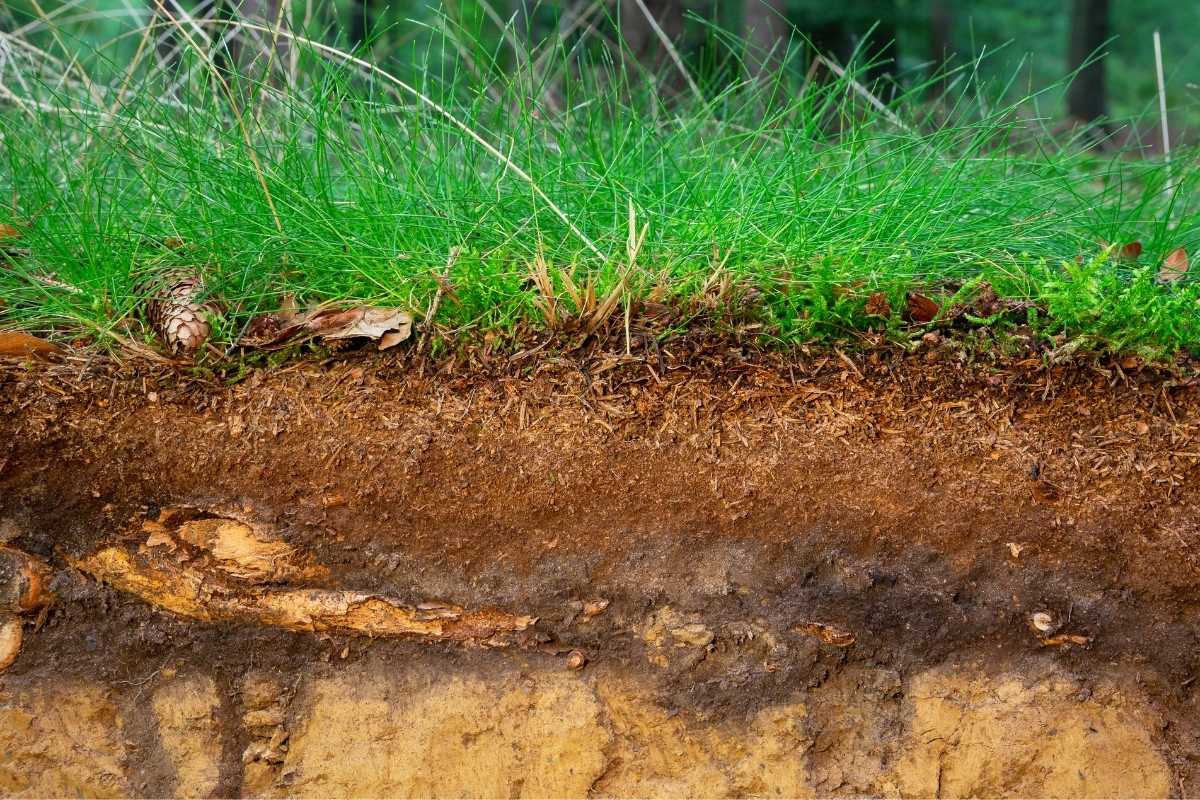
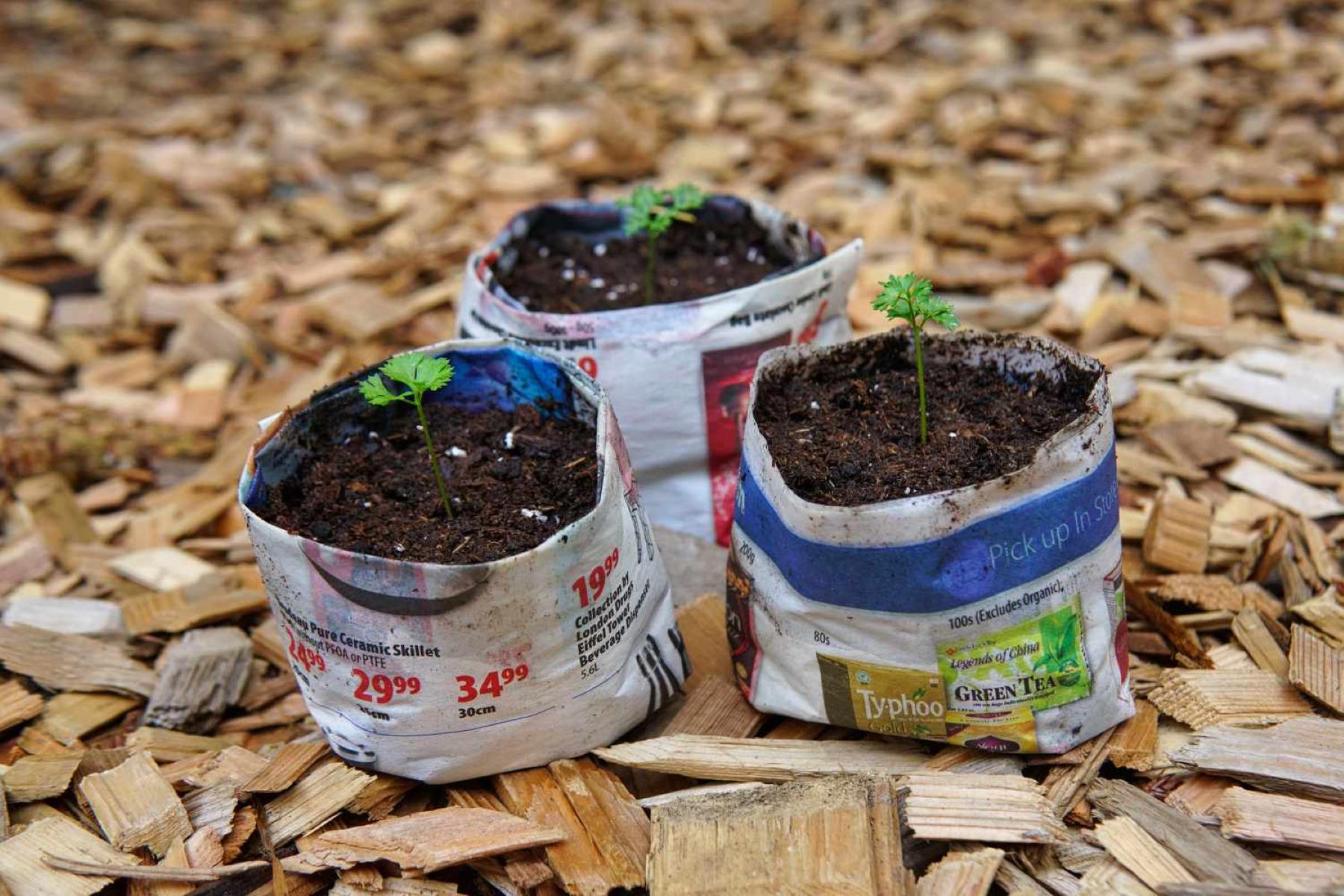
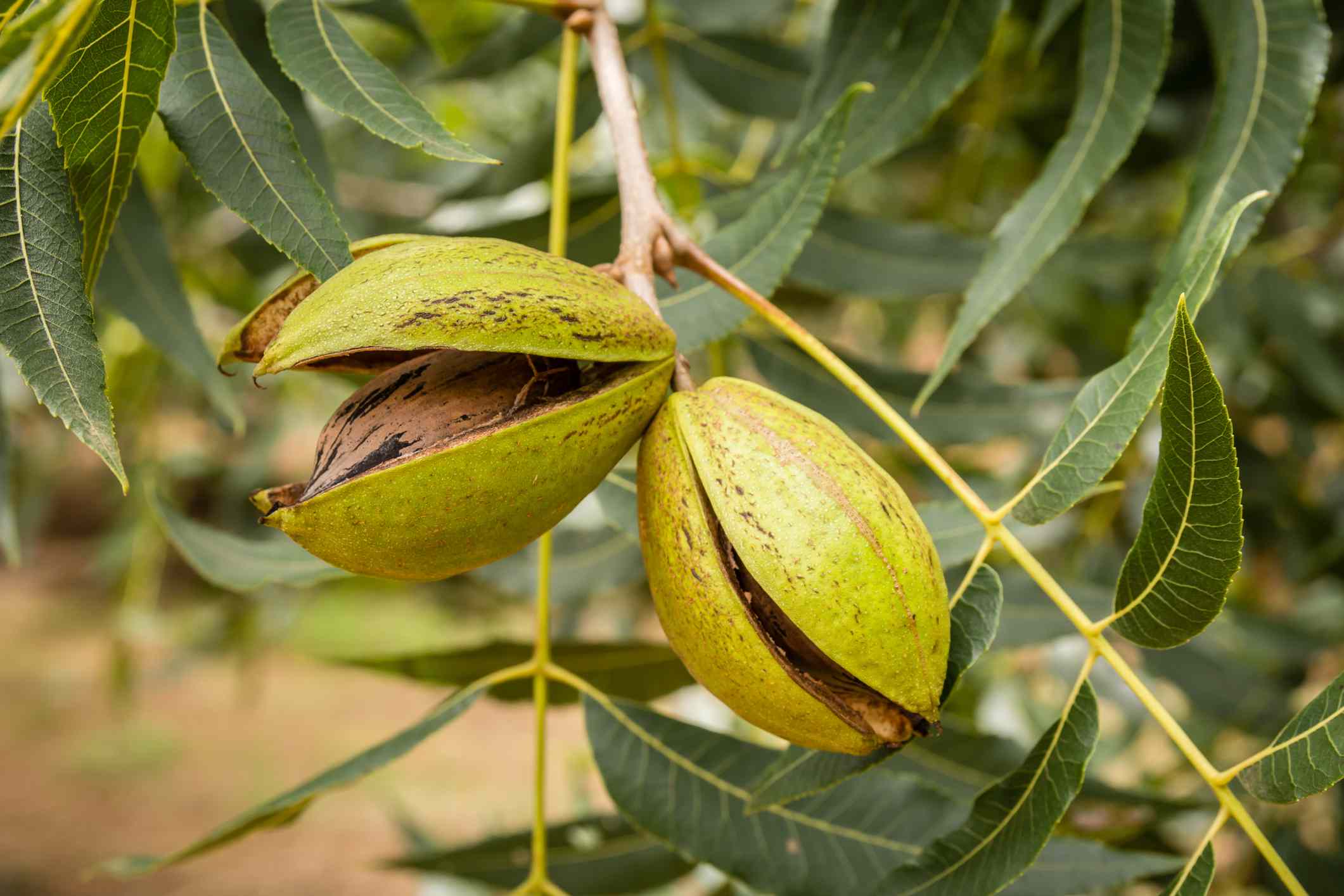
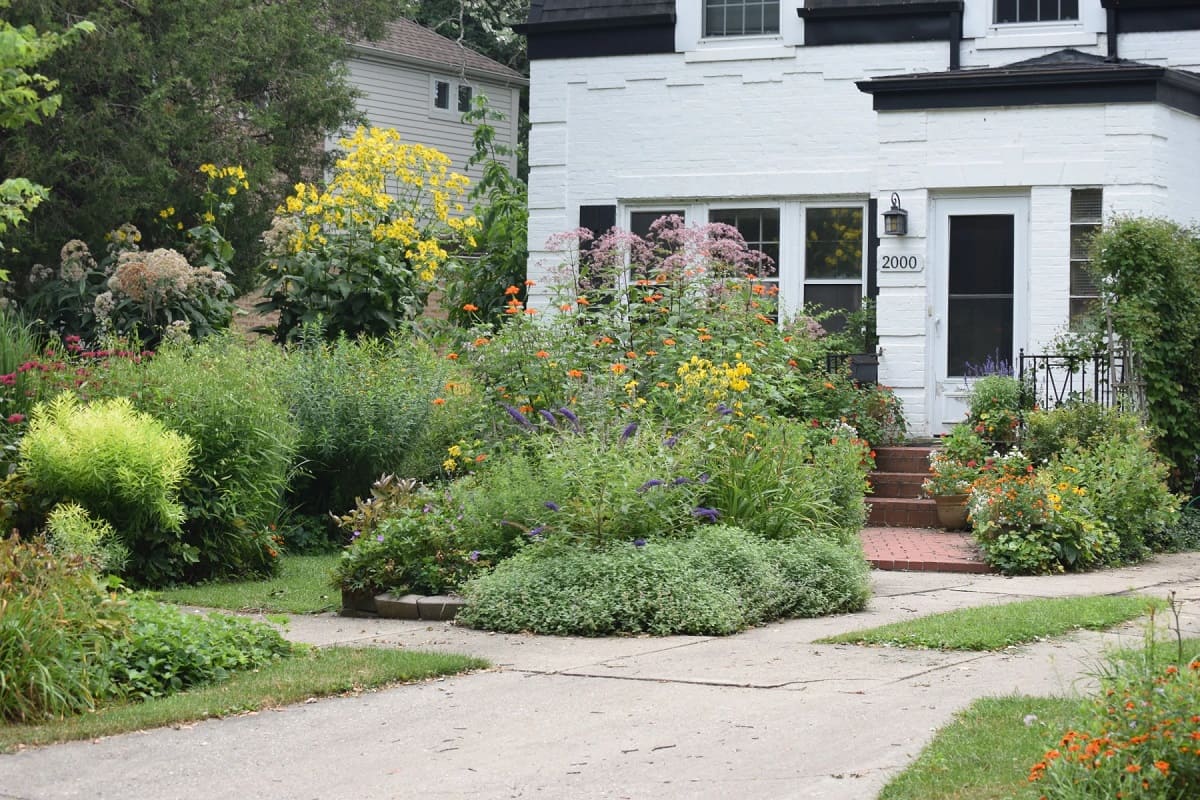
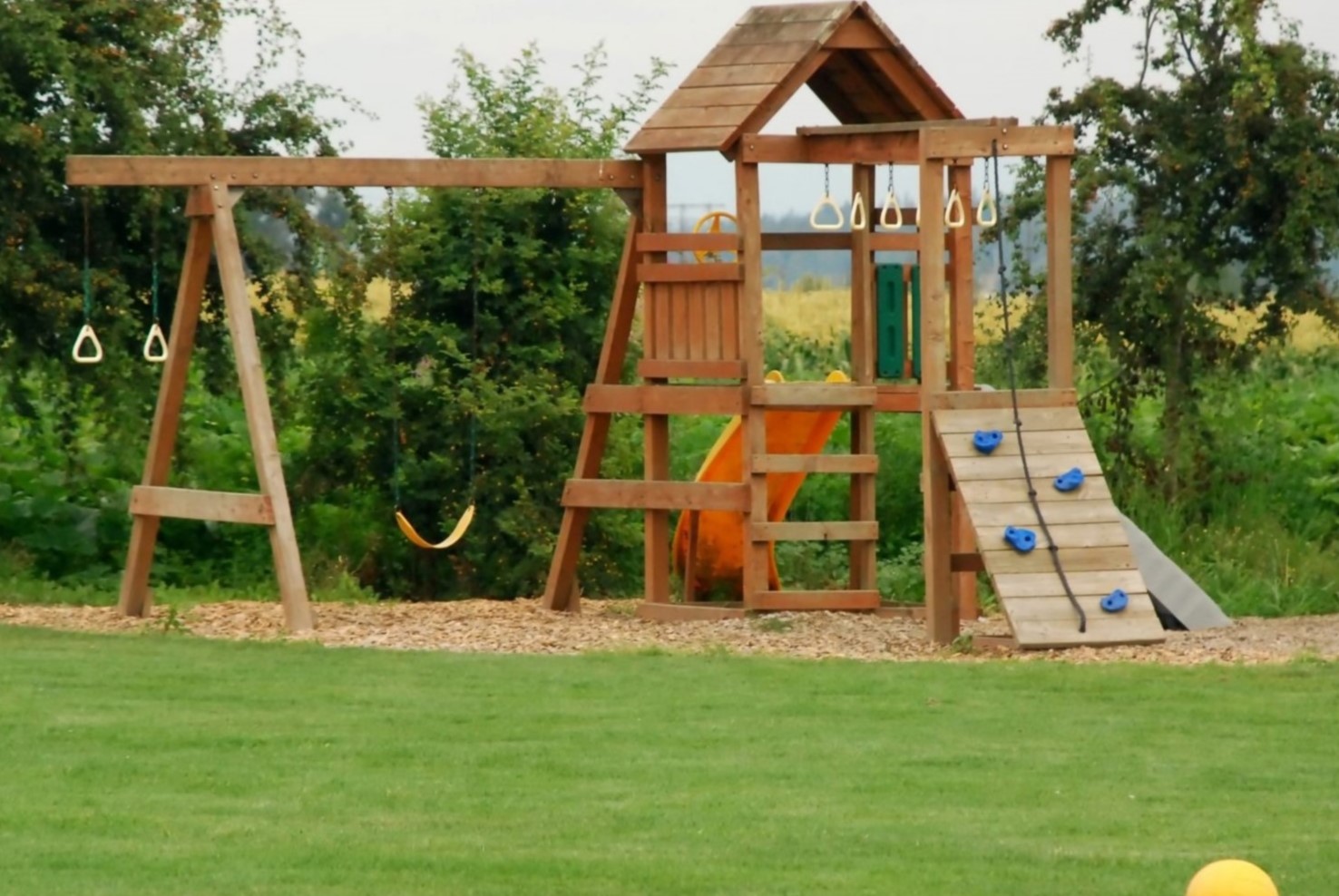
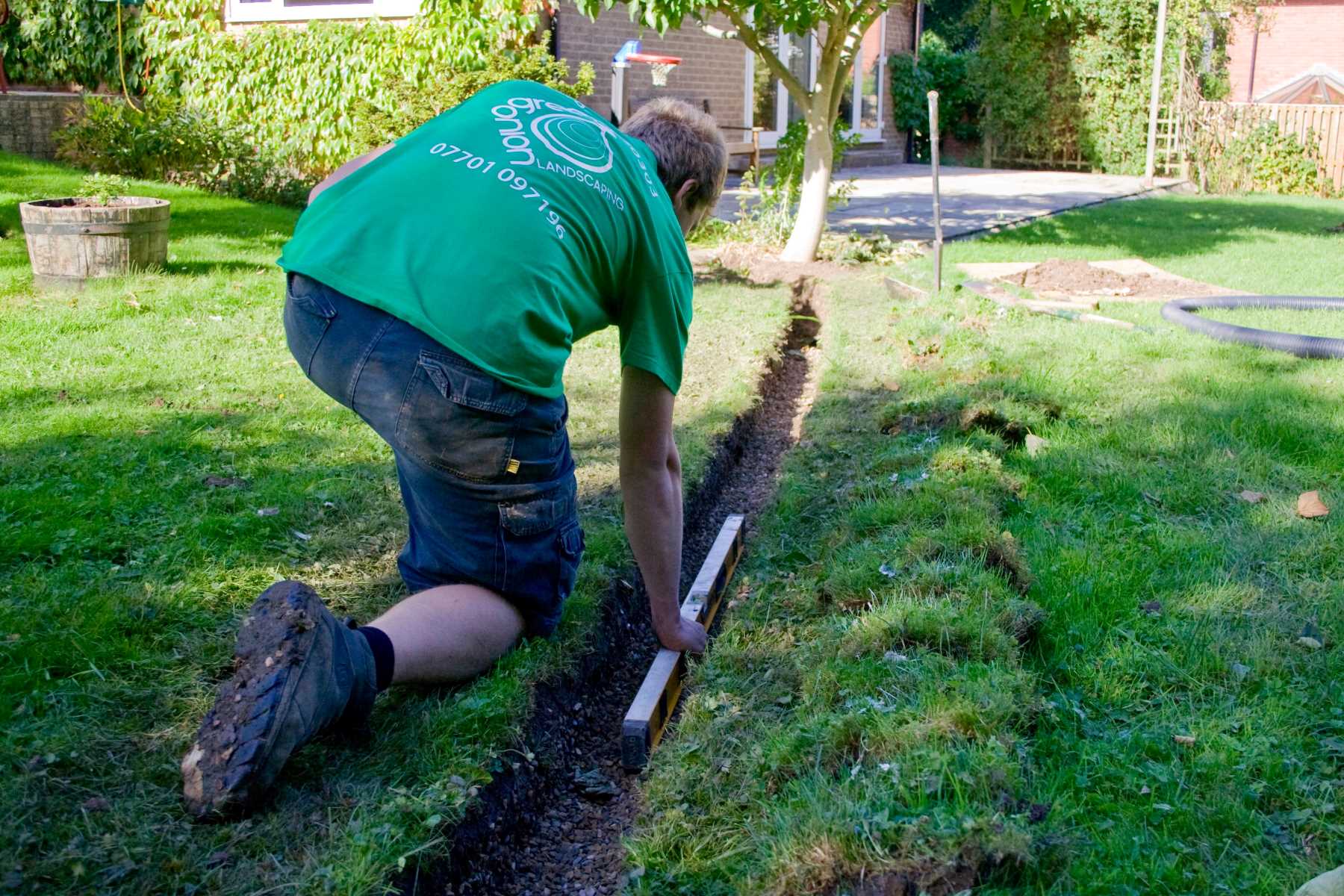
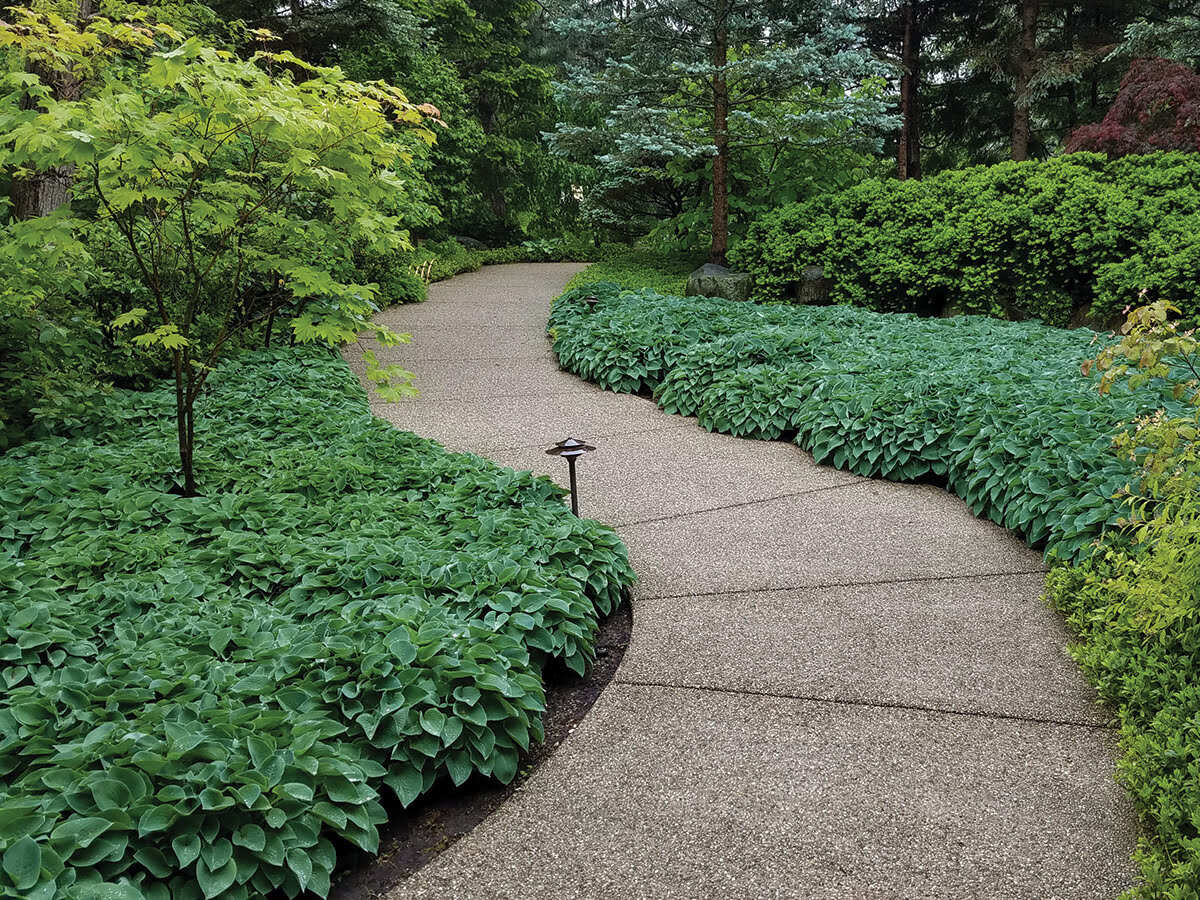
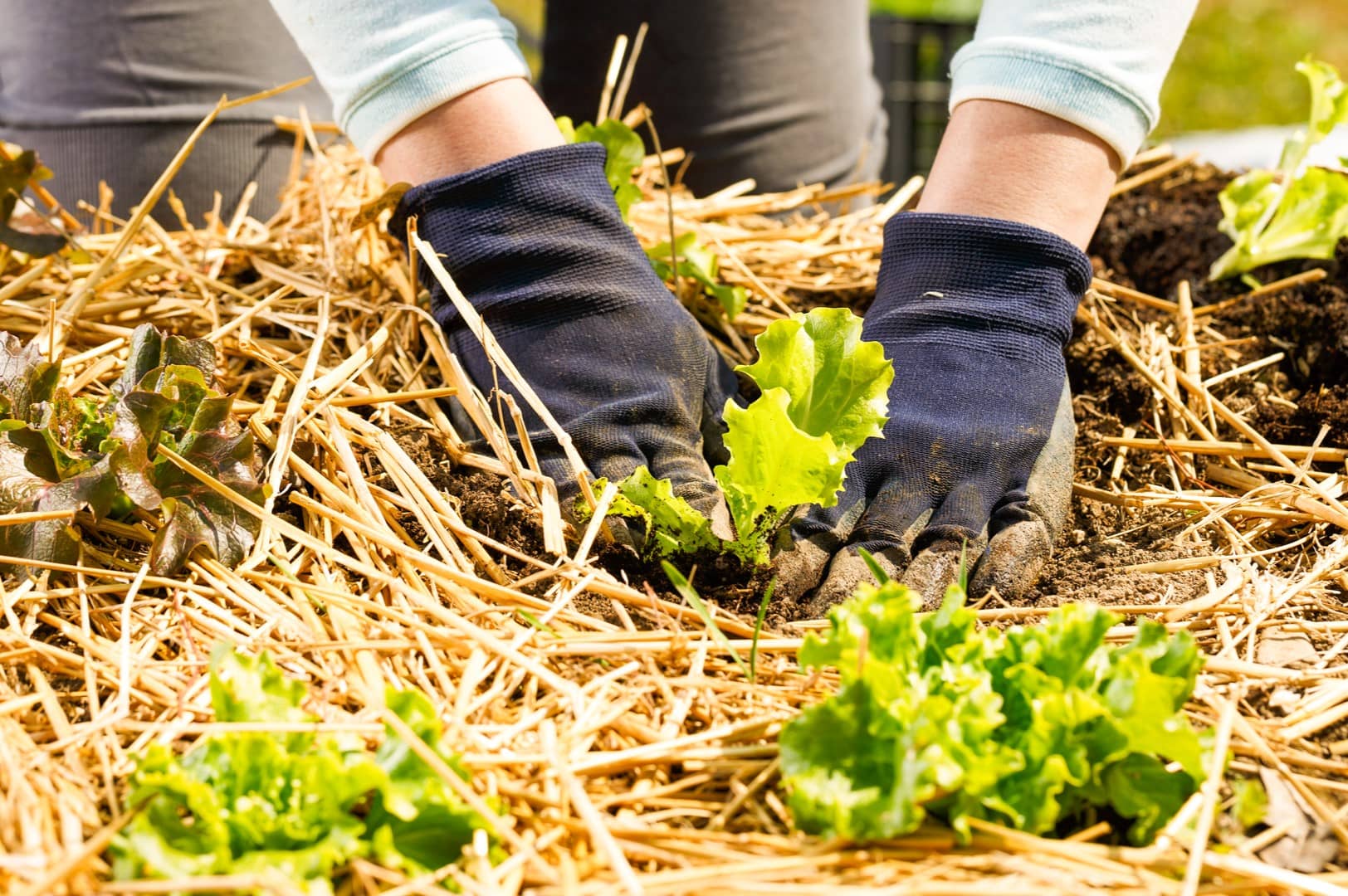
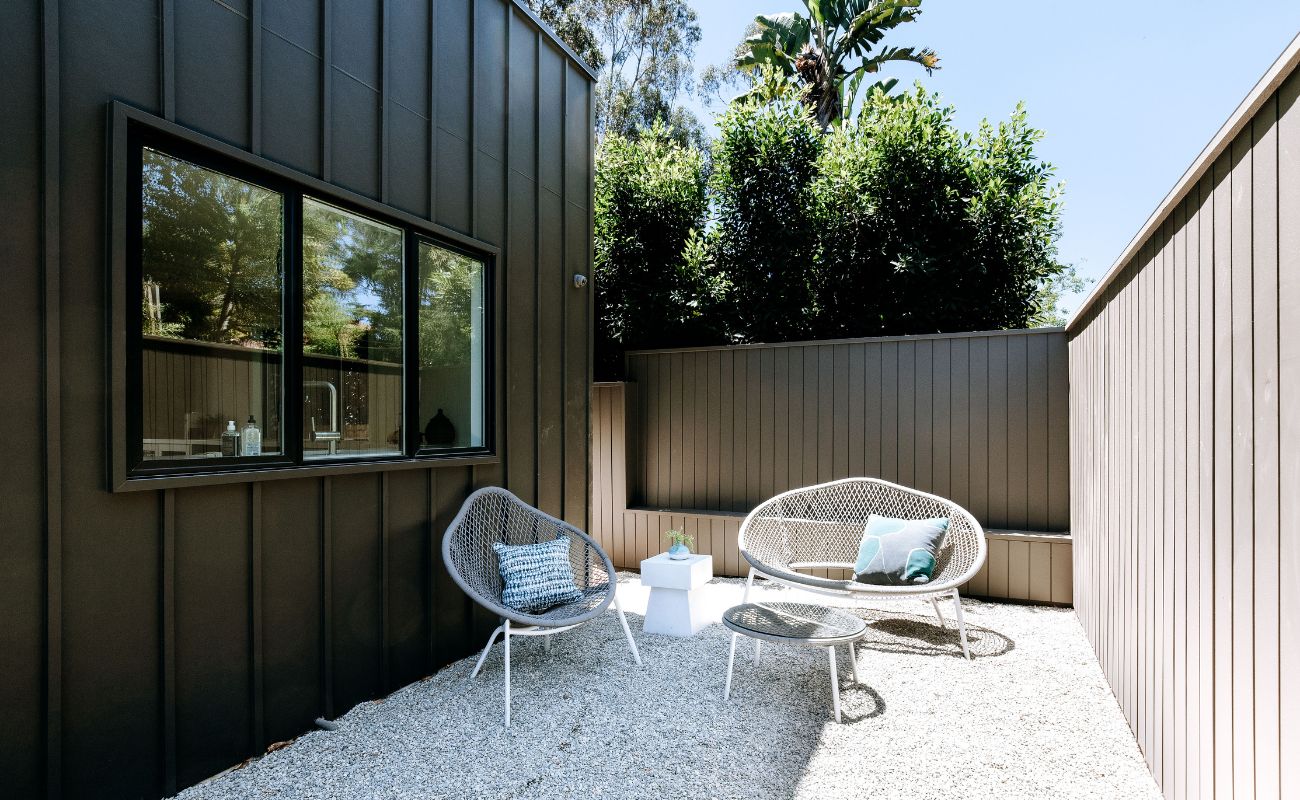
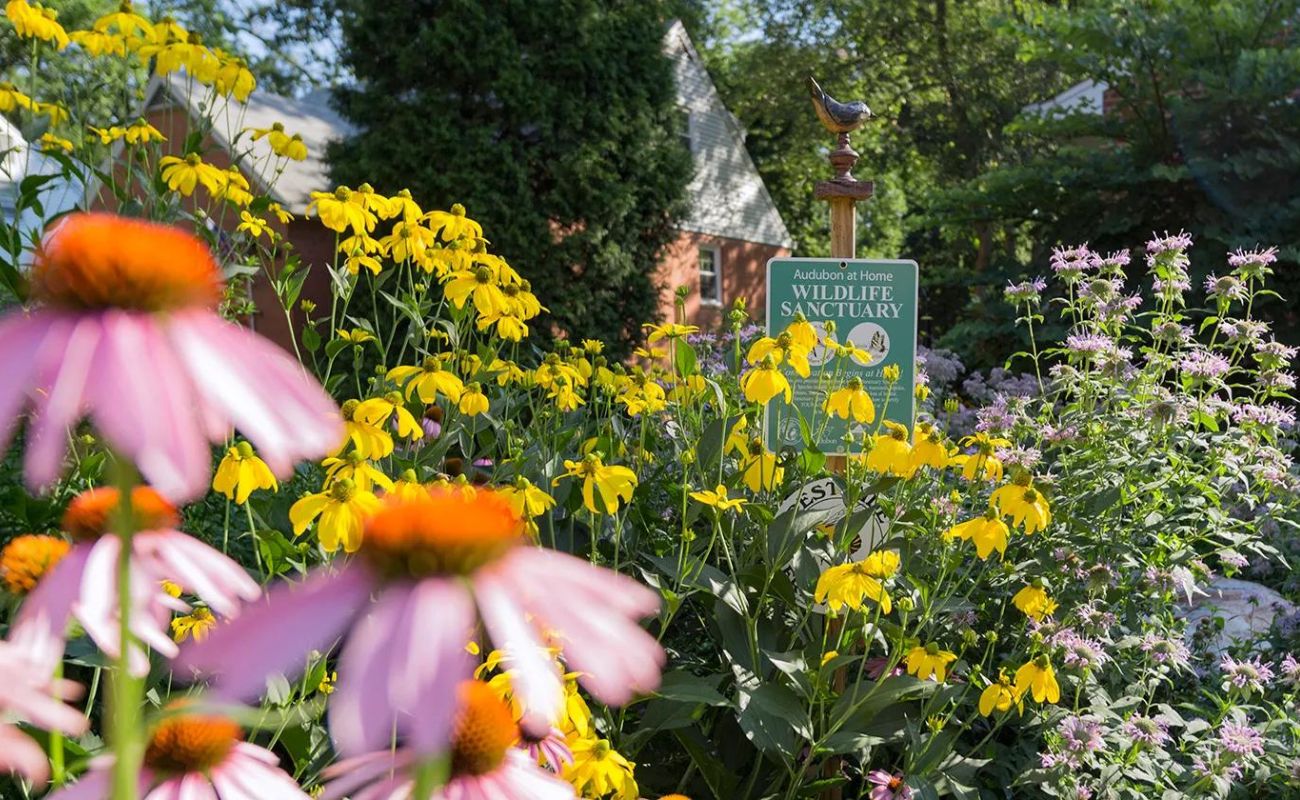
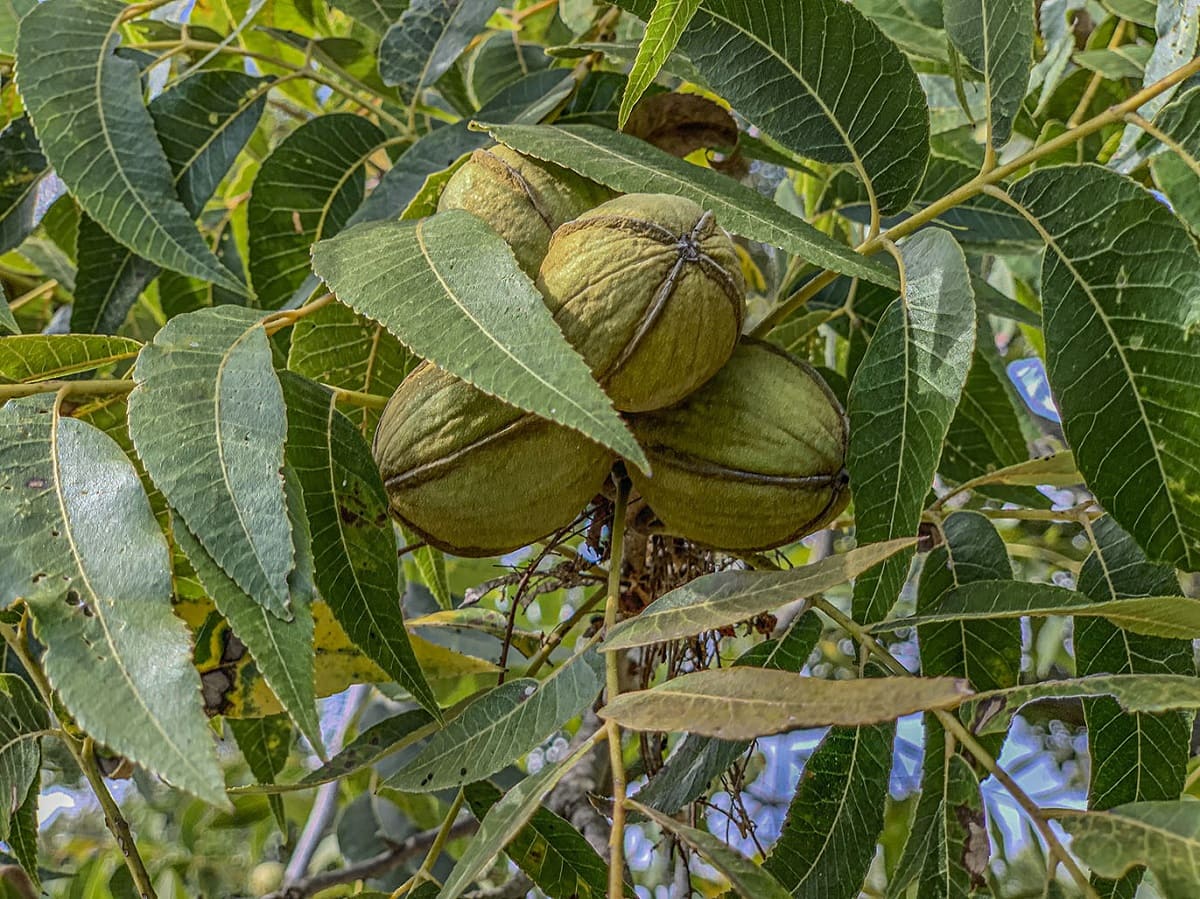
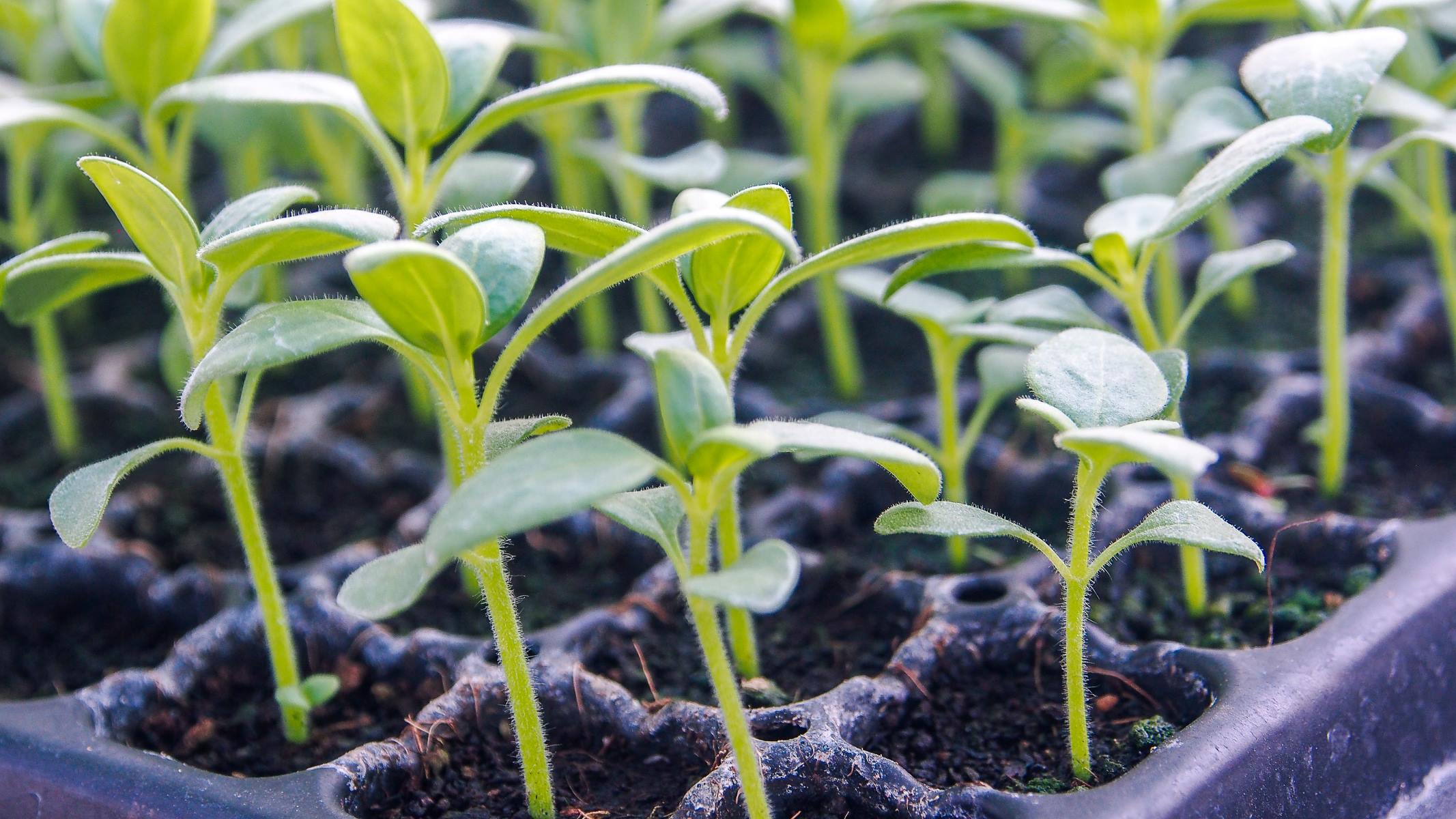

0 thoughts on “How Deep Should I Plant Native Prairie Grasses”